After seeing the horses housed at the Sieben Live Stock headquarters, we climbed into the vehicles for the short drive to the corrals where the four once wild horses had been when they escaped for the winter. Sage, the gray overo, and his older gray brother, Peace Pipe, were the only animals there at this time. Iain sent the two into the high round pen from their corral. Whit mentioned that when it was been built he thought the round pen was higher than necessary, but with the 3 and 4 year old wild horses, it didn't seem too high; the horses never looked to jump its rail sides. Cutting Peace Pipe back into the corral, Iain started to work with young Sage.
With a braided rope called a reata in one hand, Iain sent Sage around the pen at a lofty trot. There was no need to wear him down; Iain was just allowing Sage to move freely and decide for himself when he wanted to stop. When Sage stopped, Iain would immediately stop, releasing the pressure rewarding him so that Sage soon learned that stopping and standing still was what Iain expected. That lesson learned, Iain went on to roping Sage by the neck and then by a front foot. Sage was still a long way from leading readily, but he was getting the idea that he should yield to the pressure of the rope. Now when he yielded to the pressure, Sage would get a gentle stroking on his face, neck, and shoulders. After haltering him, Iain asked Sage to yield his hind and then his front quarters, teaching him to turn away from the pressure of the scary bag on the end of the stick which was the beginning of what would later be control of the front and hind quarters in order to move obediently to the cowboy’s cues. Iain ended the session with Sage’s acceptance of the saddle pad. It is always better to stop when positive acceptance has been achieved. The saddle would come another day. Sage had already been saddled so he was well on his way to the day he would be ridden. The most important lesson of the day was that Sage could trust Iain not to hurt him. As that trust is gained the horse begins to yield his whole body and spirit to the soft hands of the cowboy.
.JPG) |
| Sage wants to engage with Iain |
.JPG) |
| Sage is rewarded with a soft rub on the nose. |
 |
| By his actions, it is very apparent that Sage in interested in this cowboy. |
.JPG) |
| The bond of friendship is being built both ways; horse and man benefit from this understanding. |
 |
| Iain uses the rope to get Sage used to being touched with foreign objects. |
 |
| The saddle pad is not frightening to Sage. |
.JPG) |
| Sage learns to move at the direction of his handler. |
 |
| Iain with his two young children |
.JPG) |
| Cooper Hibbard |
All the while Iain was working with Sage, Cooper had been watching and gleaning every tidbit of information from what he had just witnessed. Cooper is, himself, an accomplished horseman though shy about working in front of an audience. Letting Sage out of the pen and bringing Peace Pipe in, Cooper started to build a relationship with the frightened horse. Peace Pipe was much more nervous than Sage had been so his trot around the pen was more animated, giving everyone watching a thrill at the power and suspension of his extended trot. As nervous as he was, Peace Pipe soon learned, by pressure and release that he should move, stop, turn, and face up by the cues Cooper gave him though body language. After working with Peace Pipe a few minutes at liberty, Cooper too roped Peace Pipe to teach him that it would not hurt him and that it was a way for Cooper to communicate with him. Once the rope was around Peace Pipe’s neck, he was surprisingly soft to it, letting himself be encouraged around the pen with a soft feel. He accepted the soft strokes of Cooper’s hands and the feel of the coiled rope rubbed on his body, but he was still tense, ready to bolt at any moment that the pressure became too much for him. Cooper wanted him to accept his touch equally on both sides of his body. What is done on one side of a horse must be done on the other because each eye works individually when watching for danger and needs to be acclimated to the hands and the equipment of the cowboy. Working quietly, changing from one eye to the other, Cooper soothed the tense gelding with quiet hands and calm movement. Peace Pipe was not ready to accept the halter or saddle pad yet; that would have to come another day, but Peace Pipe learned too that the young cowboy at the other end of the rope was not going to hurt him.
 |
| This wasn't even Peace Pipe's biggest trot, but he is completely suspended above the ground. |
.JPG) |
| Young Peace Pipe is attentive to Cooper. |
.JPG) |
| Peace Pipe wants to engage with Cooper, but he is more wary than his younger brother, Sage. |
.JPG) |
| Peace Pipe is rewarded with a face rub. |
.JPG) |
| Cooper was working on getting Peace Pipe to allow him on both sides equally. |
.JPG) |
| Peace Pipe was not so sure he wanted Cooper on his left side. |
.JPG) |
| Notice the softness in Cooper and the slack rope. |
Each horse needs to be treated as an individual so none of the horses can be expected to react the same to each step of their training, but carefully and patiently the young men will win the trust and devotion of the horses. In training a horse there must be as much joy and appreciation of the journey as there is in the end result. Realistically horse training is more about the journey because horse training is never finished; there is always more to learn and each time one is in the presence of a horse, both horse and human are learning. The goal is to teach positive partnership so that both grow. Sage and Peace Pipe will grow and learn as they develop trust in the people around them.
.JPG)
.JPG)

.JPG)


.JPG)

.JPG)

.JPG)
.JPG)
.JPG)
.JPG)
.JPG)
.JPG)


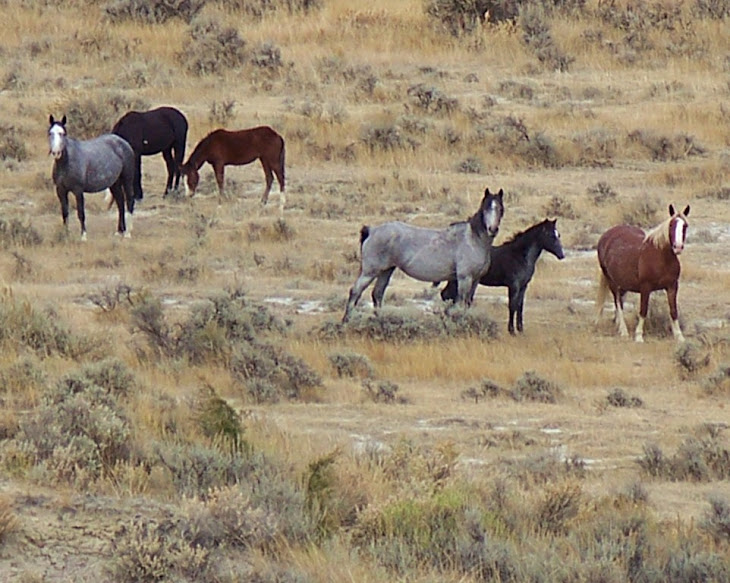
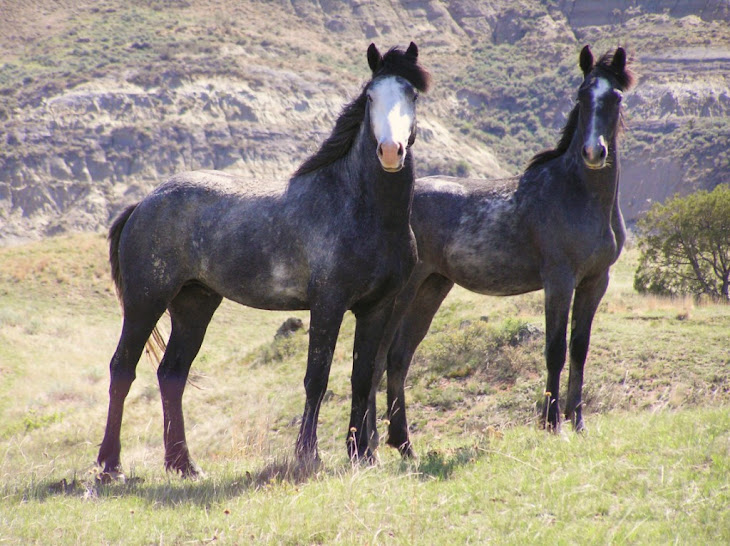
















































































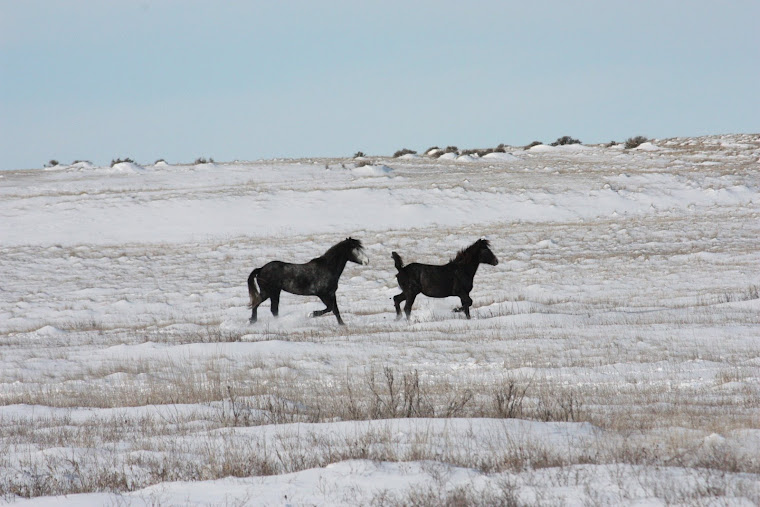
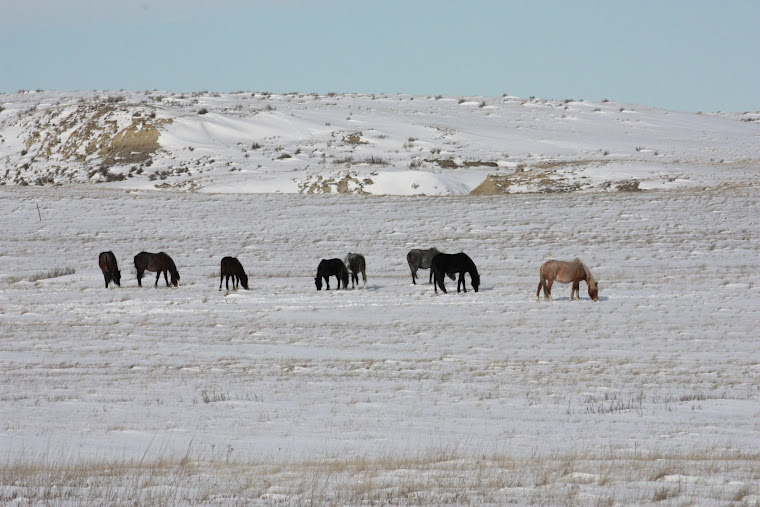
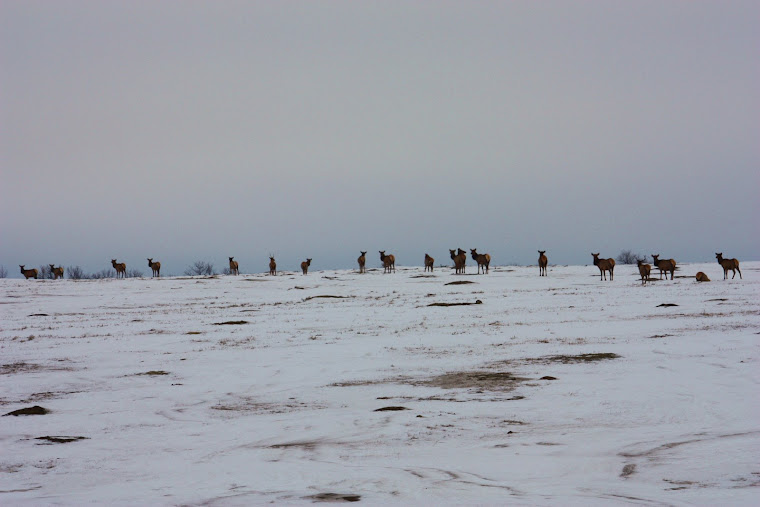
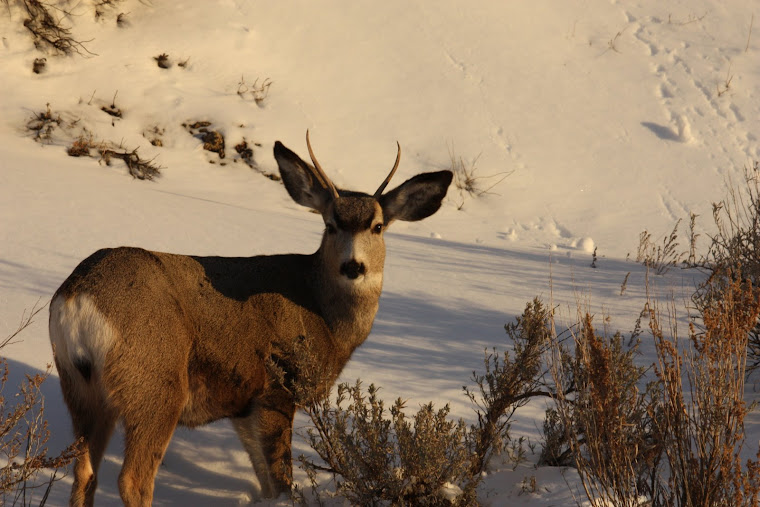




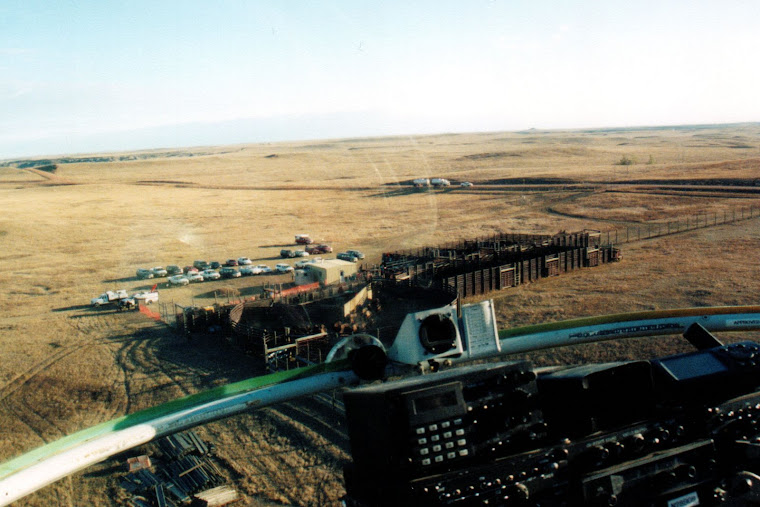
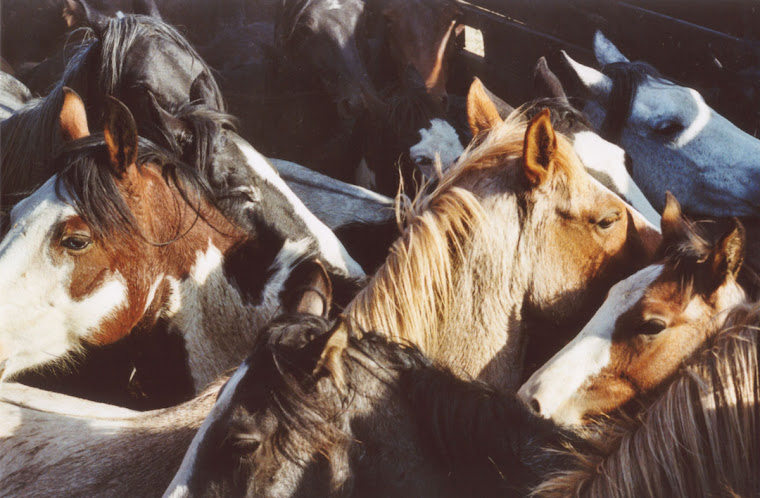
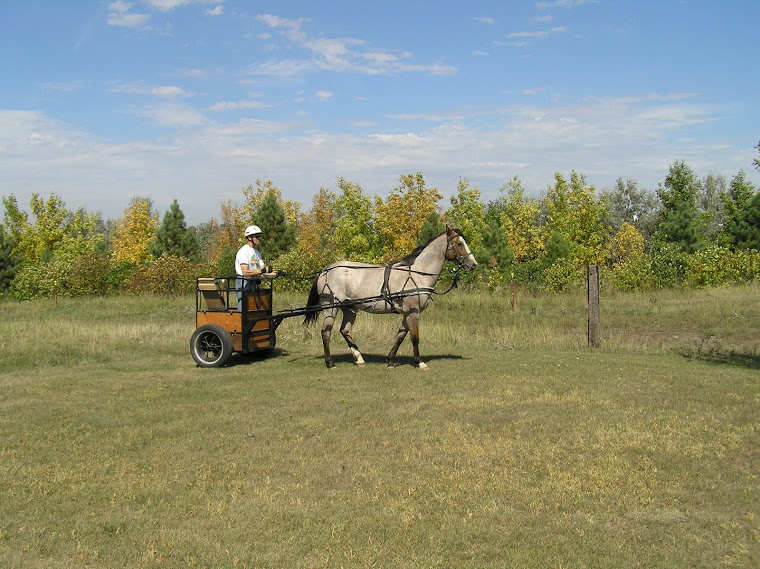
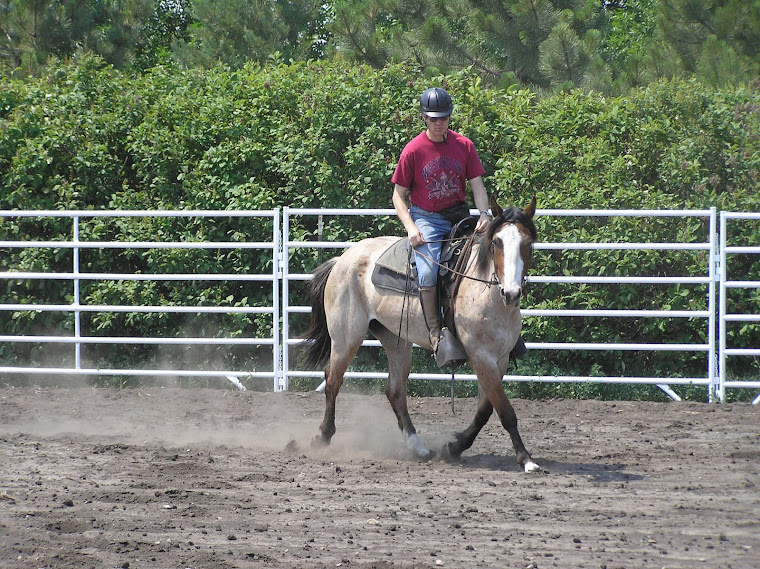





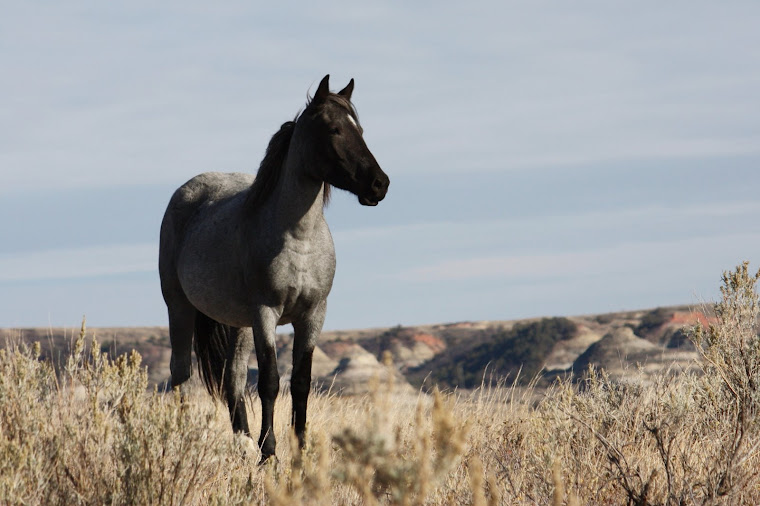


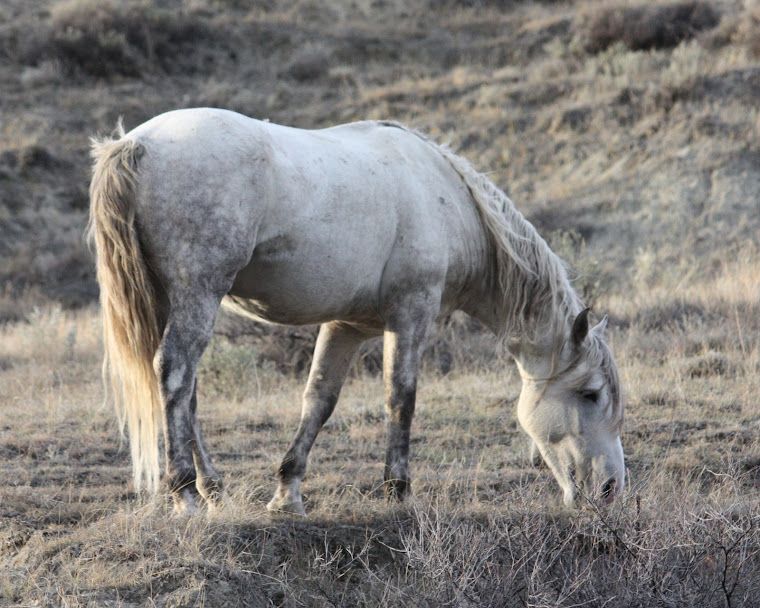
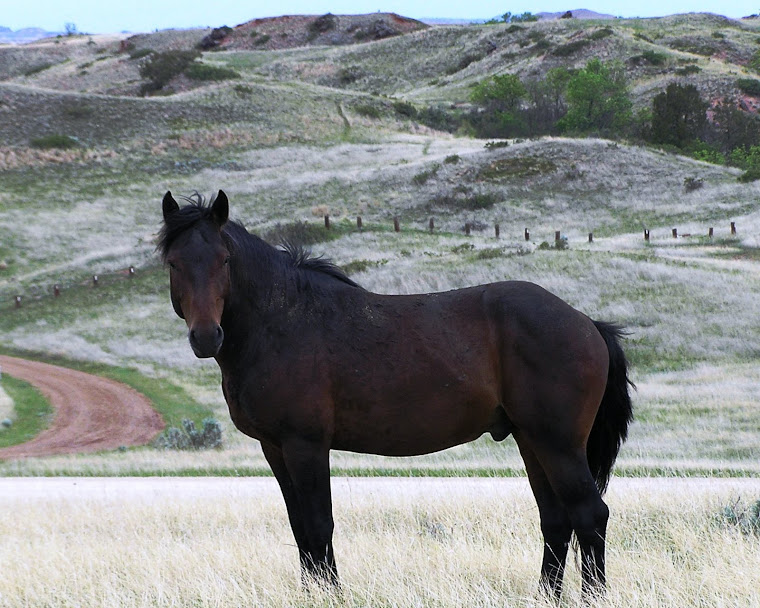

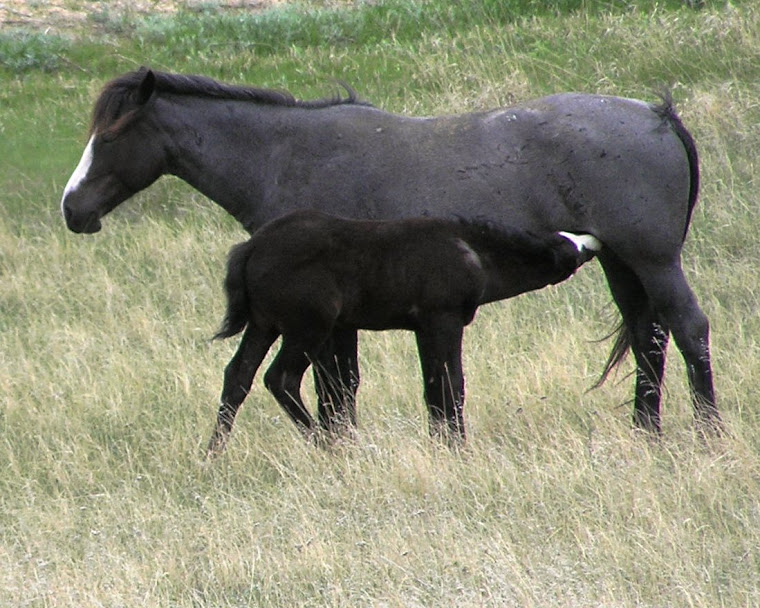
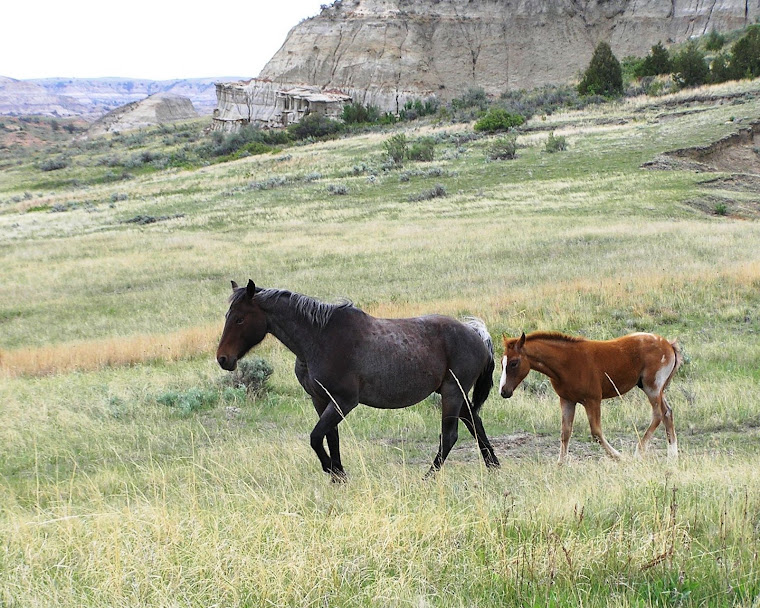
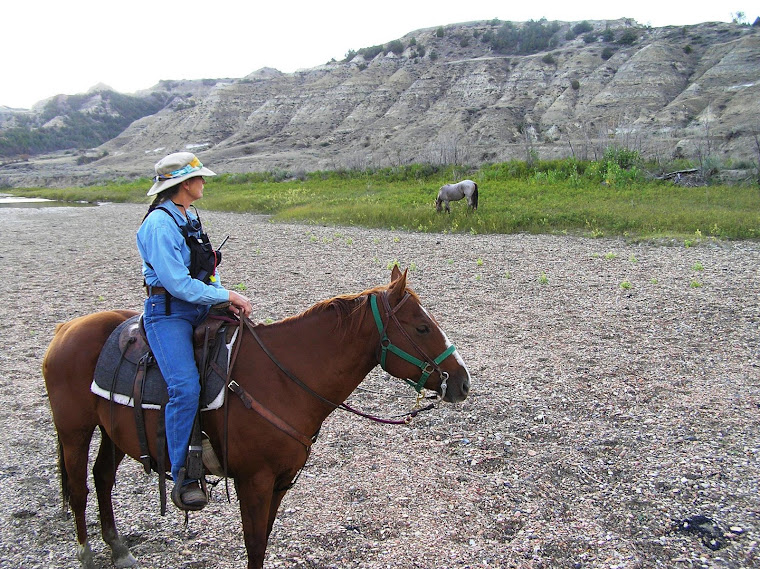
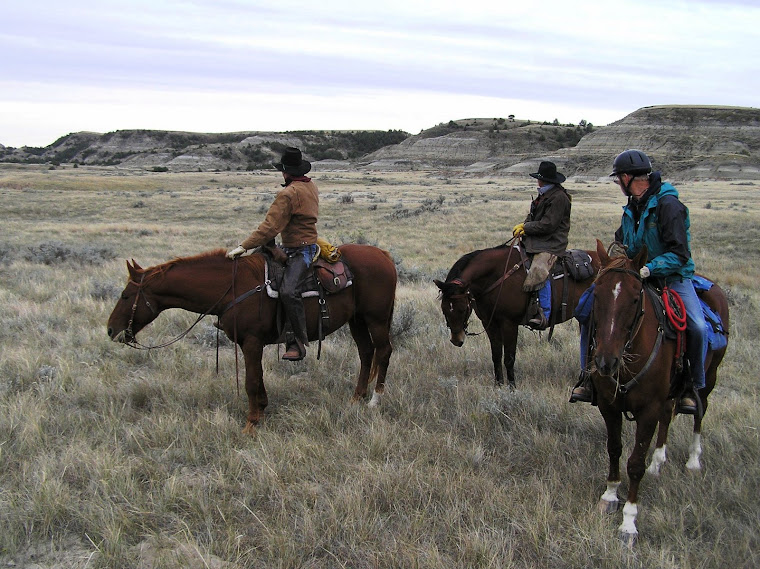
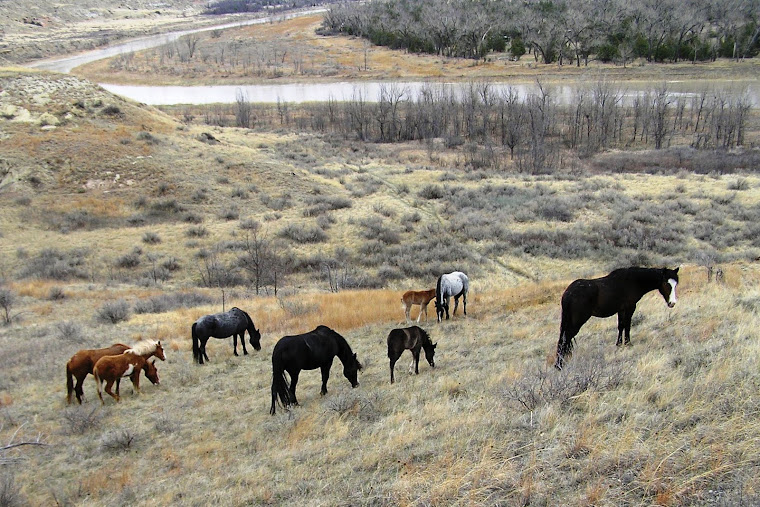
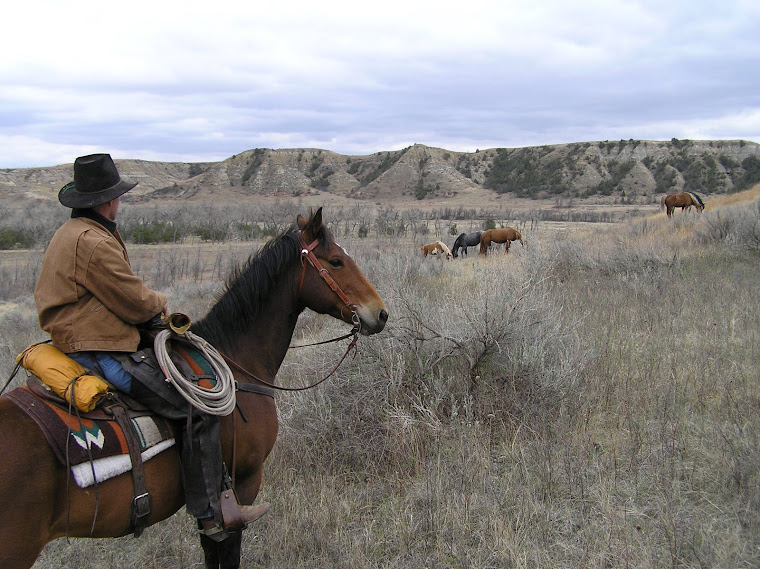

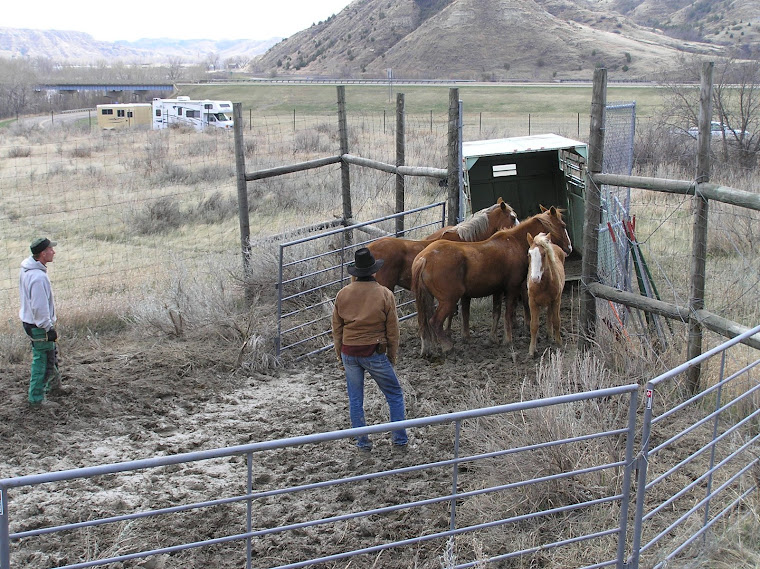
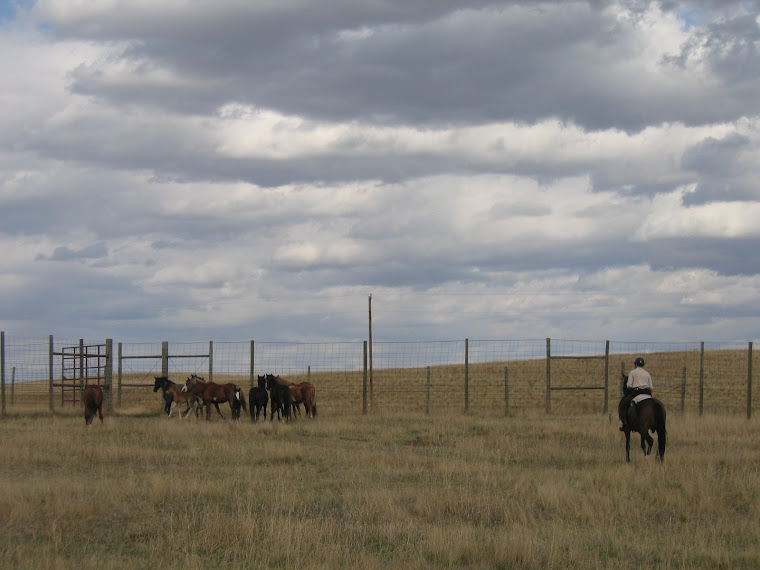
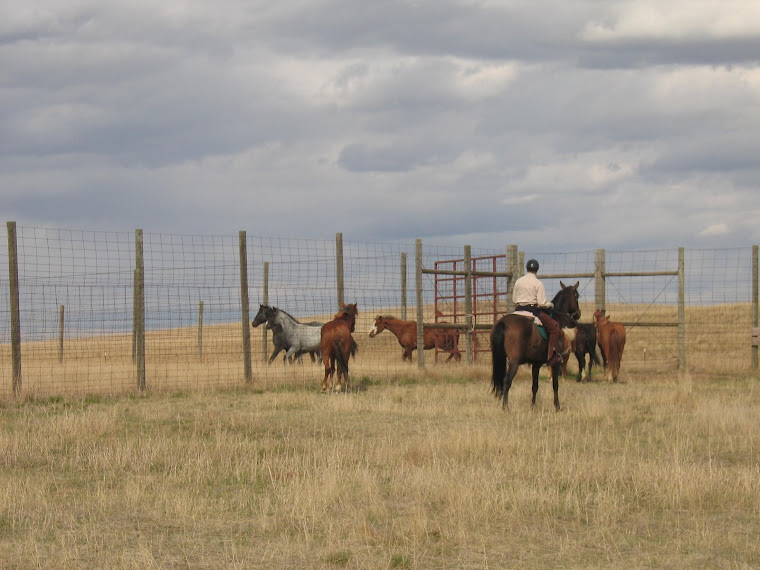



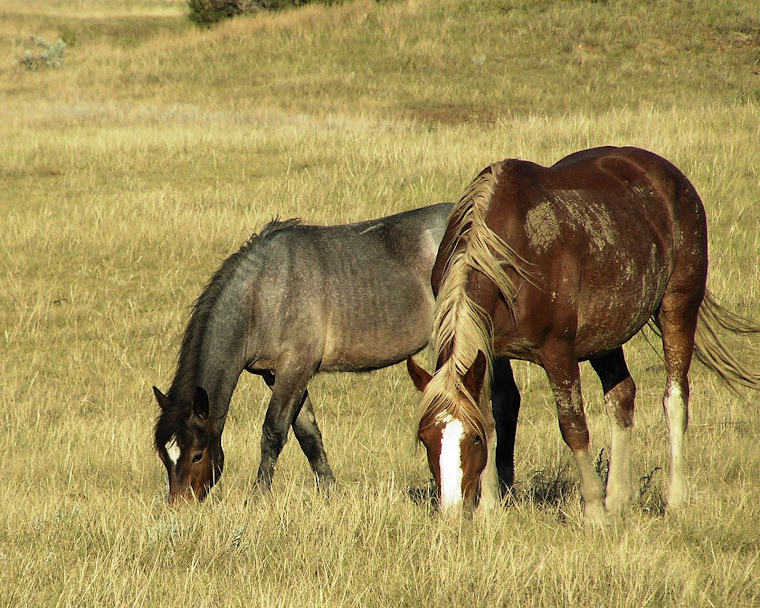

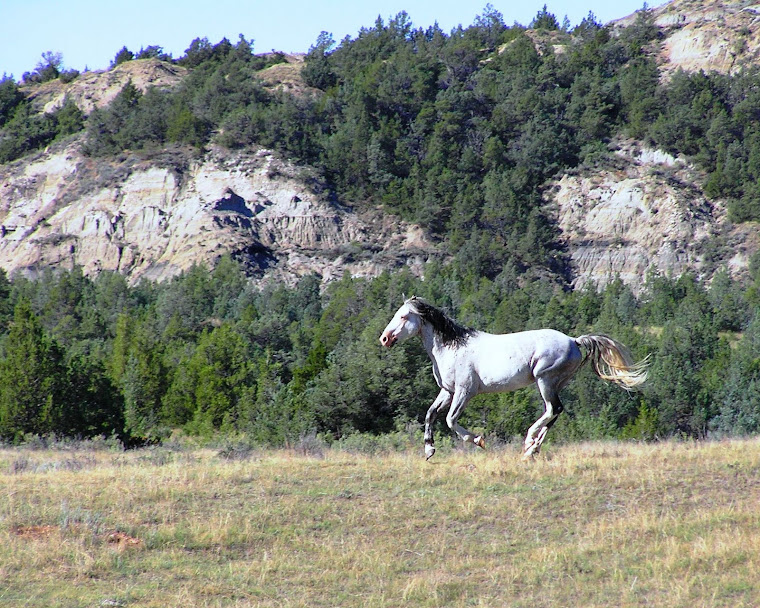
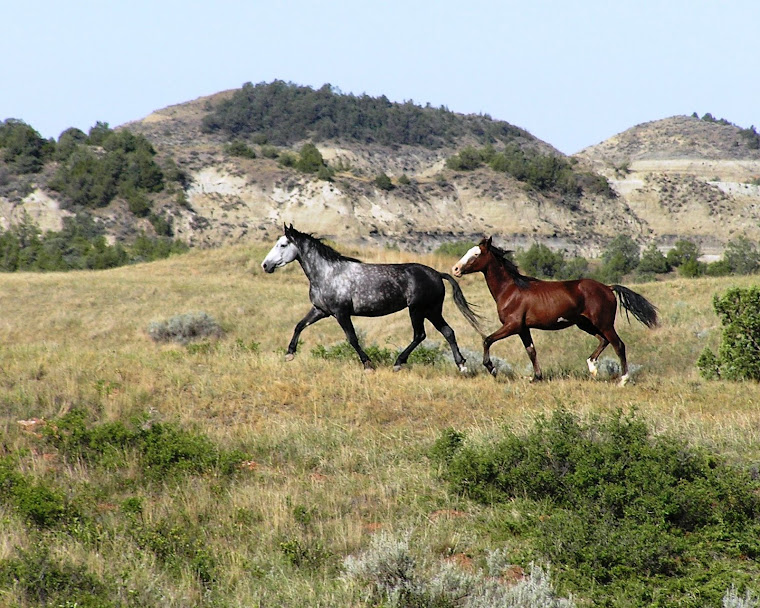
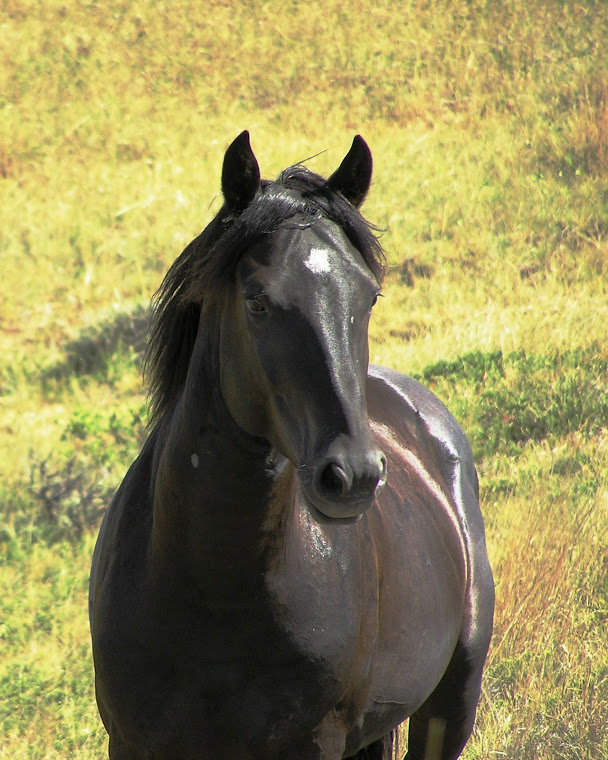





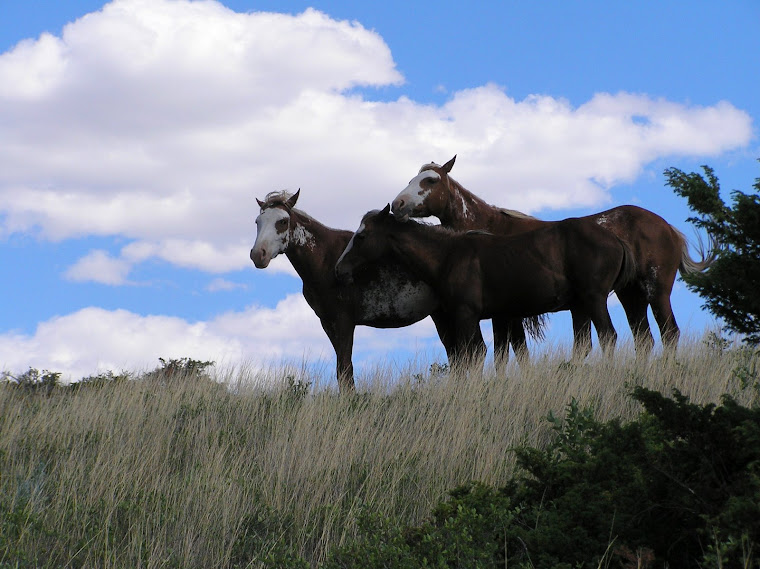


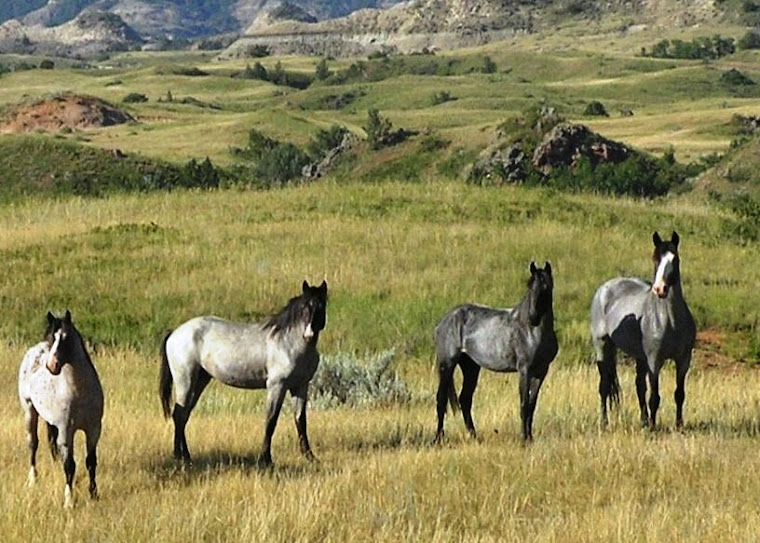
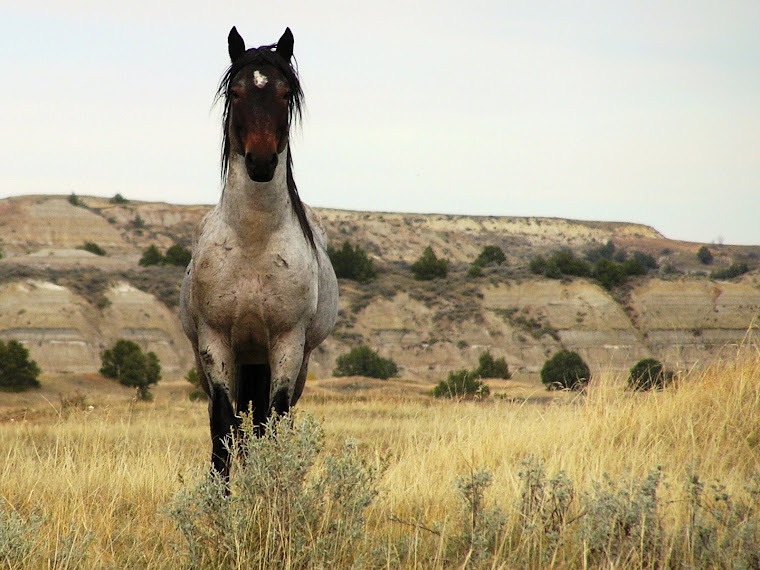
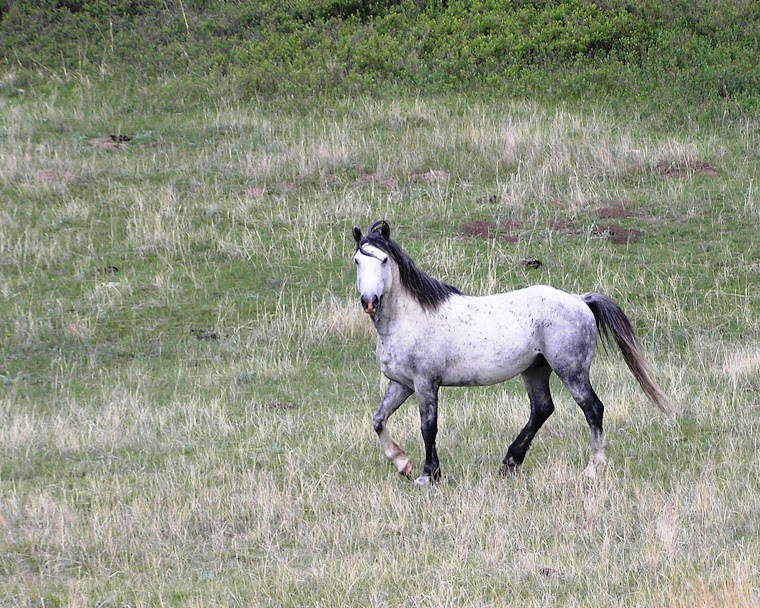

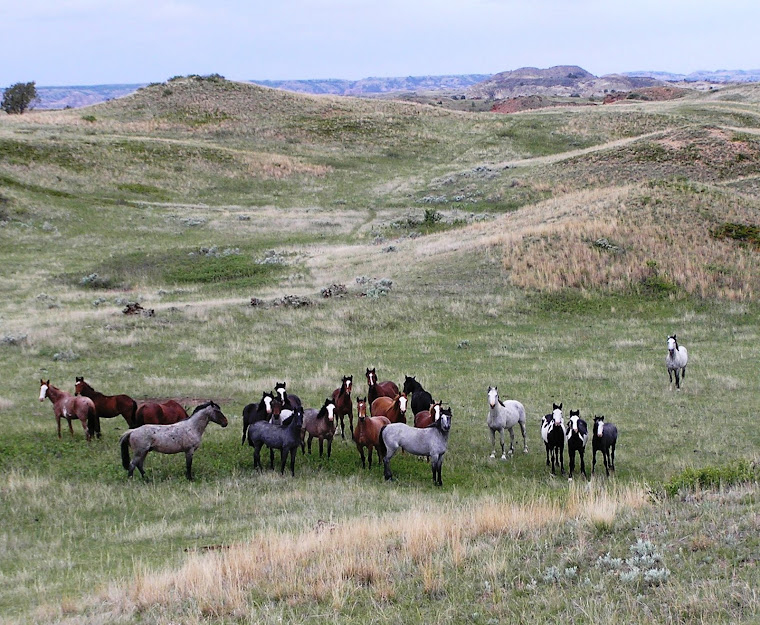
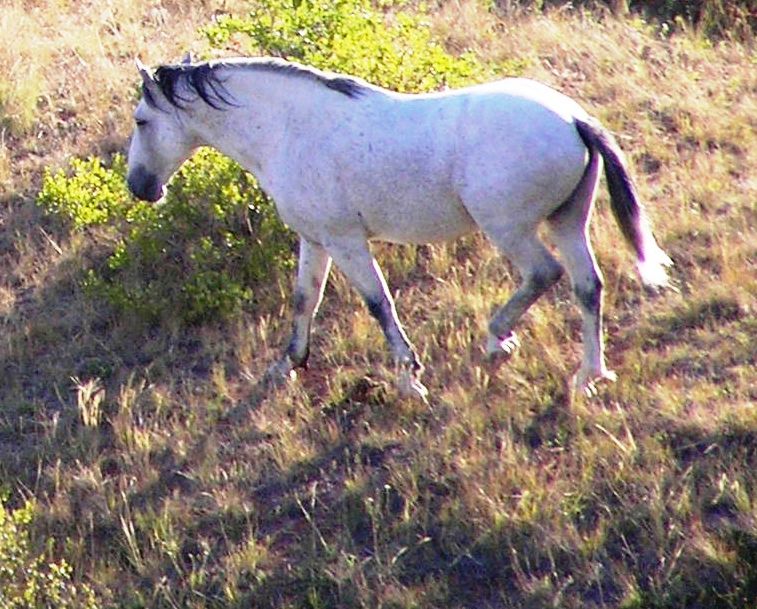
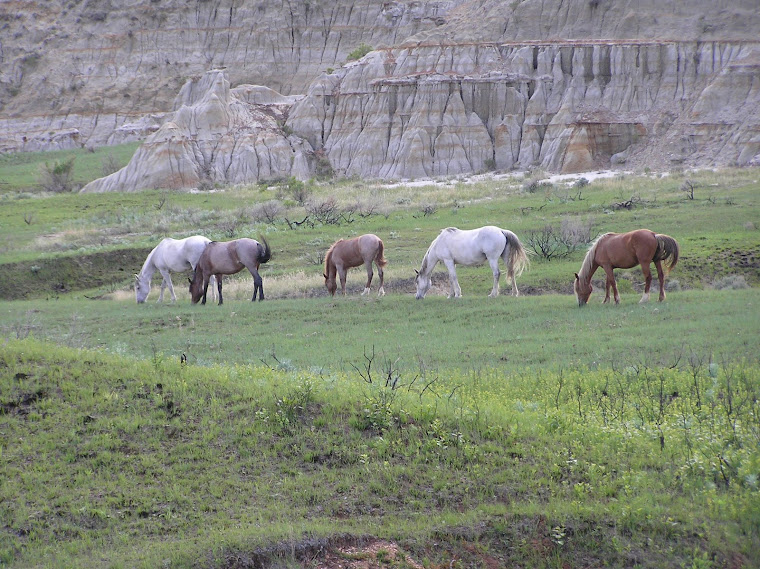
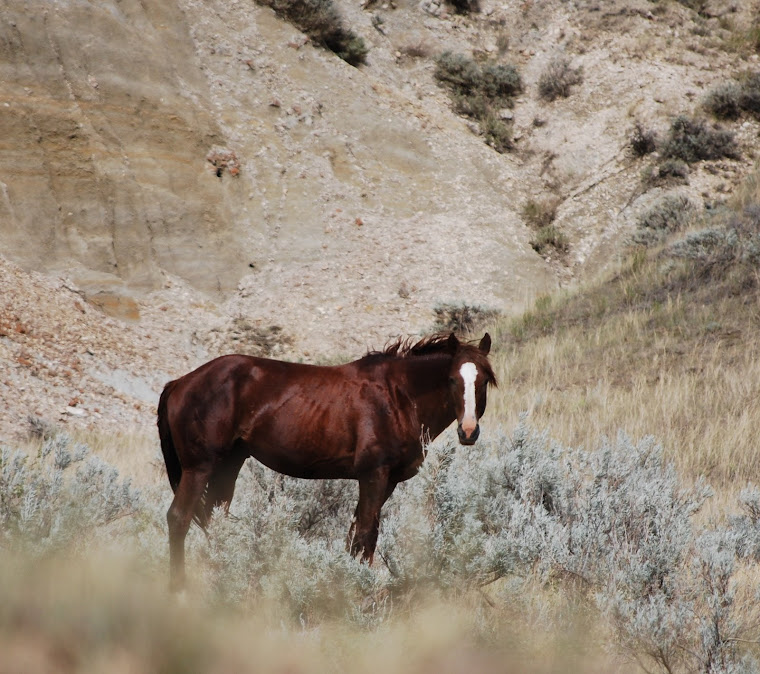

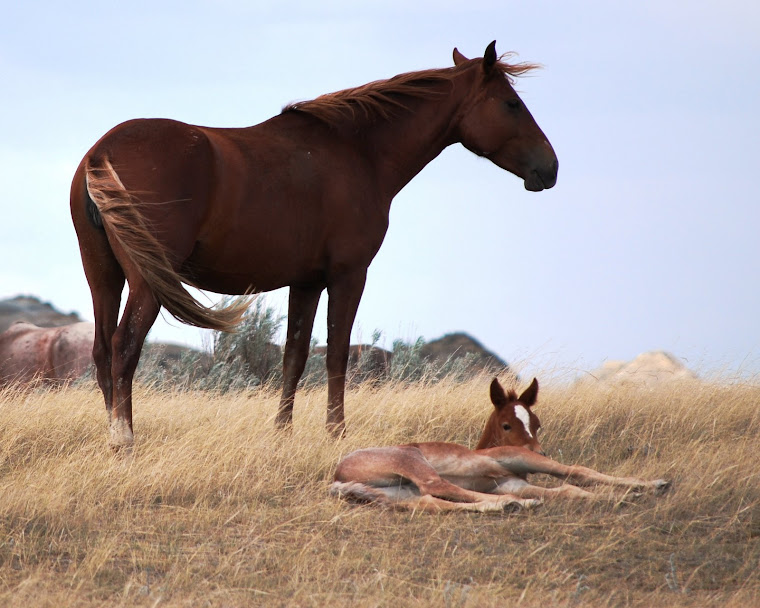
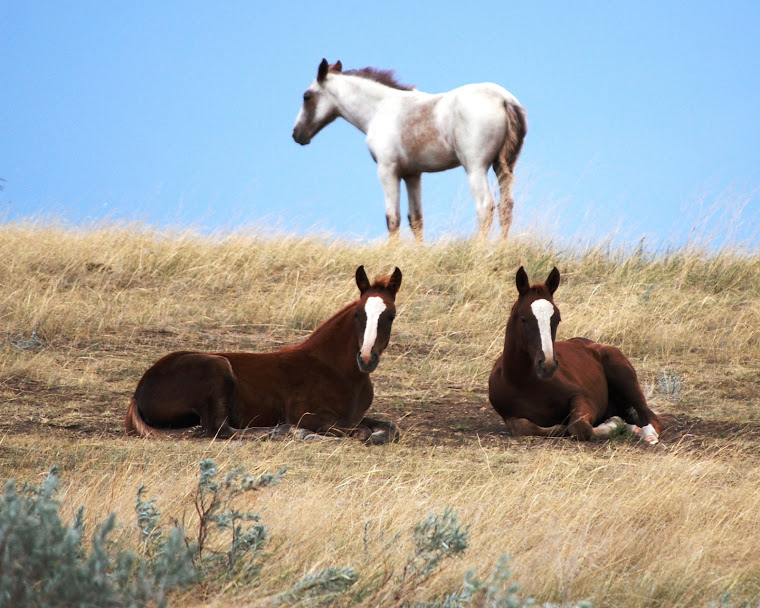
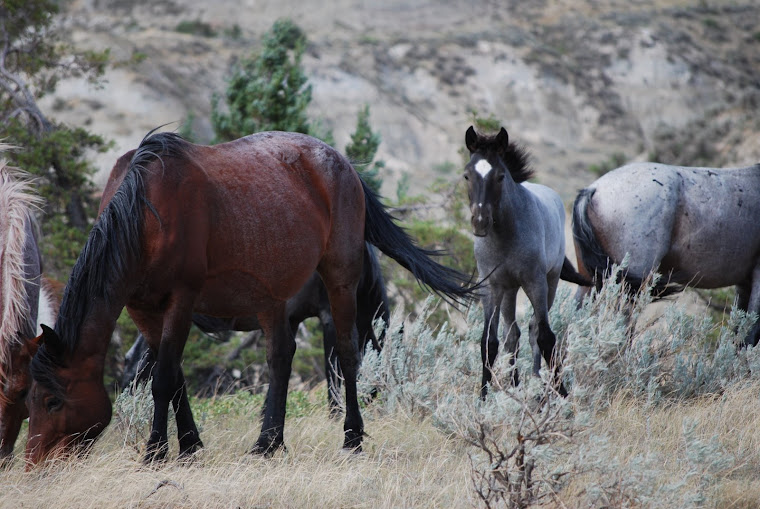

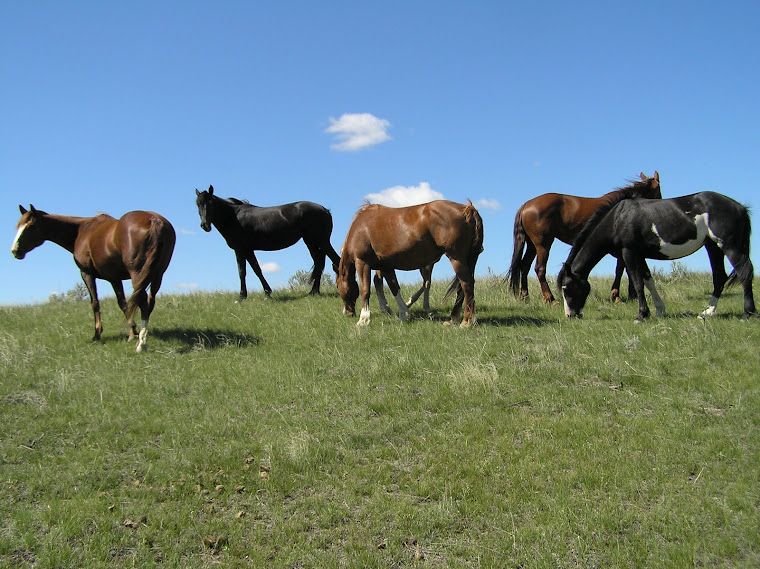
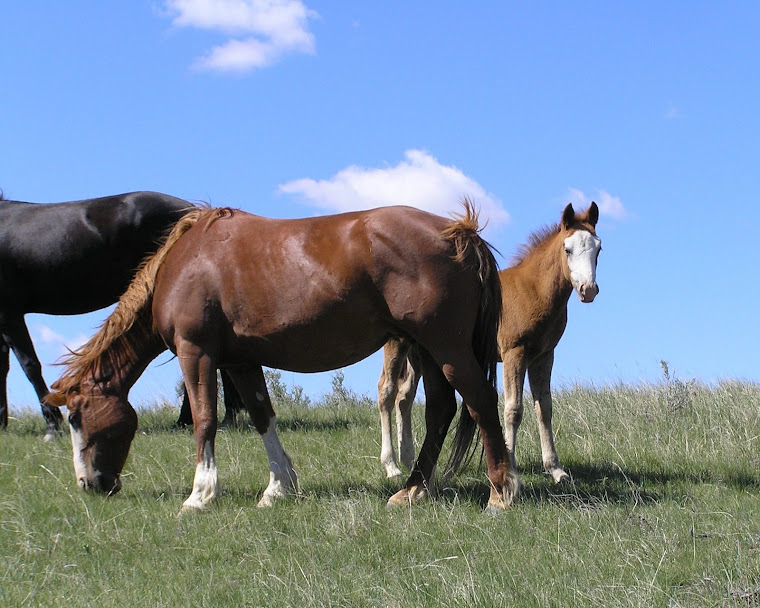

No comments:
Post a Comment